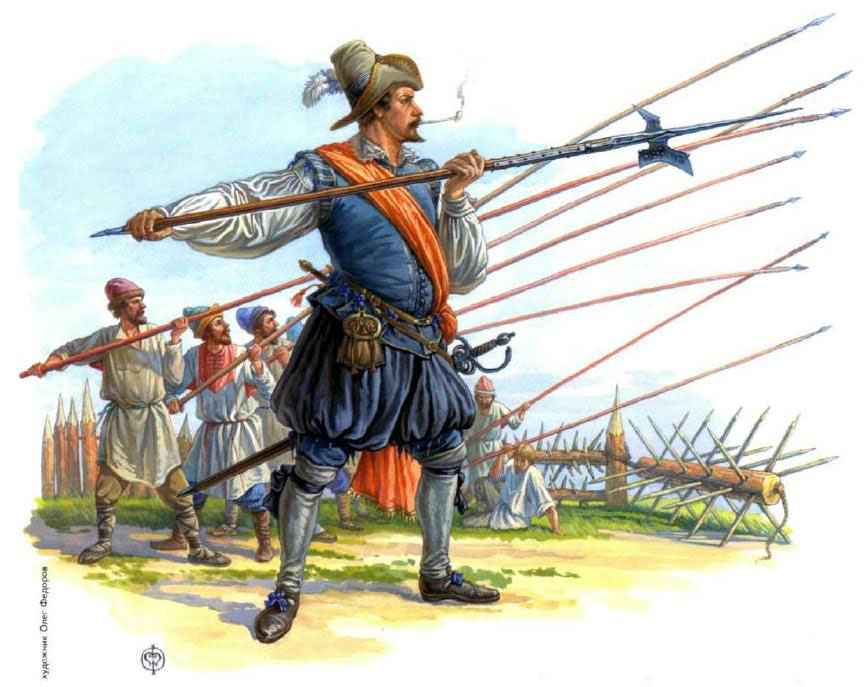You are wrong here. One puncture in the armour cannot result in a blackened oven and piles of ashes inside the tank.
At least this is not the case in +/- 98% of all cases of punctures in the armour. But - of course - it depends what calibre did the
puncture.
However, as you called it "puncture" - not for example "a huge hole" - I assume that you meant armour penetration by some small calibre
weapon.
And - in such case - you are wrong, as I already wrote above. Such damages are easily repairable in vast majority of cases.
Still casualties among tank crews - in terms of % - were somehow always smaller than among infantry...
The same refers to cavalry.
And also please notice that cavalry was always receiving more money for their service than infantry. This means they were considered as
more valuable soldiers.
In Medieval Florence, for example, wages of mounted knights were some 7 times higher than wages of foot crossbowmen or foot sergeants.
And mounted crossbowmen still received 3 times more than foot crossbowmen...
Source for the wages of Medieval soldiers: Philippe Contamine, "War in the Middle Ages".
Actually statistics of tank crews survivability rates were considerably higher than tank surviviablity rates.

Define "destroyed" tank. Not every tank with armour penetrated and immobilised is a destroyed tank.
In fact most of battle damages to tanks are repairable.
And as I wrote - crews of knocked out tanks very often survive.
Tell this to Heinz Guderian and others.
But not in the open field. Or at least - it is very hard to perfectly counter them in the open field.





 Reply With Quote
Reply With Quote








 Apologies for anyone who's message i may miss or not be able to answer
Apologies for anyone who's message i may miss or not be able to answer







